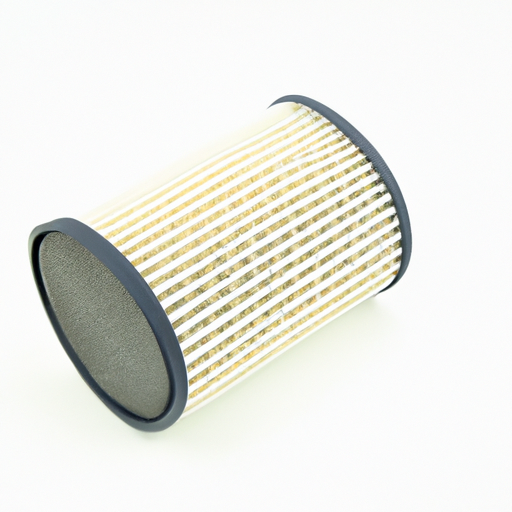Filter manufacturing processes have come a long way in recent years, with advancements in technology and materials leading to more efficient and effective filters. From traditional methods like paper and cloth filters to modern techniques such as nanofiltration and membrane filtration, the industry is constantly evolving to meet the growing demand for clean water and air.

Another innovative filter manufacturing process is membrane filtration. This technique involves using a thin membrane to separate particles from a liquid or gas. Membrane filtration is commonly used in industries such as pharmaceuticals, food and beverage, and wastewater treatment. The membranes can be made from a variety of materials, including polymers, ceramics, and metals, depending on the specific application.
In addition to nanofiltration and membrane filtration, there are several other cutting-edge filter manufacturing processes that are being used today. One example is electrospinning, which involves using an electric field to create nanofibers that can be used as filter media. Electrospun filters are highly efficient at capturing particles and can be customized to target specific contaminants.
Another emerging technology in filter manufacturing is 3D printing. This additive manufacturing process allows for the creation of complex filter designs that would be difficult or impossible to produce using traditional methods. 3D printed filters can be tailored to specific applications and can be made from a variety of materials, including plastics, metals, and ceramics.
Overall, the latest filter manufacturing processes are focused on improving efficiency, reducing waste, and increasing the effectiveness of filters in removing contaminants from water and air. With advancements in nanotechnology, membrane filtration, electrospinning, and 3D printing, the industry is poised to continue evolving and meeting the growing demand for clean and safe filtration solutions. As technology continues to advance, we can expect to see even more innovative filter manufacturing processes in the future.
Filter manufacturing processes have come a long way in recent years, with advancements in technology and materials leading to more efficient and effective filters. From traditional methods like paper and cloth filters to modern techniques such as nanofiltration and membrane filtration, the industry is constantly evolving to meet the growing demand for clean water and air.

Another innovative filter manufacturing process is membrane filtration. This technique involves using a thin membrane to separate particles from a liquid or gas. Membrane filtration is commonly used in industries such as pharmaceuticals, food and beverage, and wastewater treatment. The membranes can be made from a variety of materials, including polymers, ceramics, and metals, depending on the specific application.
In addition to nanofiltration and membrane filtration, there are several other cutting-edge filter manufacturing processes that are being used today. One example is electrospinning, which involves using an electric field to create nanofibers that can be used as filter media. Electrospun filters are highly efficient at capturing particles and can be customized to target specific contaminants.
Another emerging technology in filter manufacturing is 3D printing. This additive manufacturing process allows for the creation of complex filter designs that would be difficult or impossible to produce using traditional methods. 3D printed filters can be tailored to specific applications and can be made from a variety of materials, including plastics, metals, and ceramics.
Overall, the latest filter manufacturing processes are focused on improving efficiency, reducing waste, and increasing the effectiveness of filters in removing contaminants from water and air. With advancements in nanotechnology, membrane filtration, electrospinning, and 3D printing, the industry is poised to continue evolving and meeting the growing demand for clean and safe filtration solutions. As technology continues to advance, we can expect to see even more innovative filter manufacturing processes in the future.